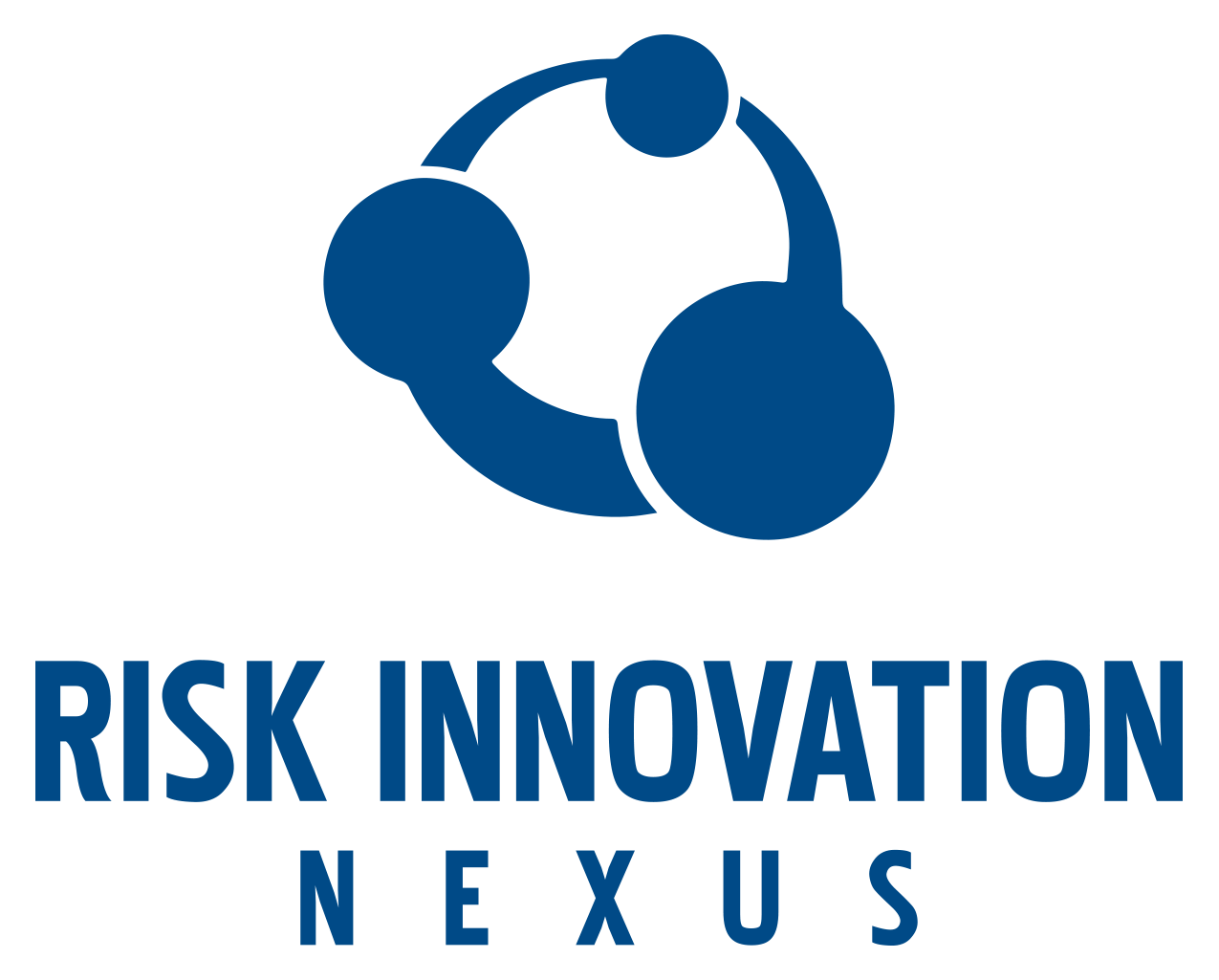Blog: Rethinking Risk
Finding Light in our Work: Part TwoFinding Light in our Work: Part two in exploring opportunities for growth in a world dominated by COVID-19
For the second installment in our blog series exploring risk and opportunity in the time of the novel coronavirus, we are focusing on the workplace, spotlighting three businesses that exemplify the risk innovation approach. These are some of the companies continuing to innovate by remaining agile and laser-focused on their stakeholders, the value they bring, and the risks that could threaten that. They exemplify how a risk innovation mindset can help grow value in challenging times. And as they do, they are providing valuable insights to these important questions:
1. What do my customers care about and how can that change through time?
Luana’s coffee shop and bar in Phoenix, Arizona is now offering a drive through service for coffee, pre-mixed cocktails, and buckets of beer to go. They are also offering innovative ways of bringing their community together, including the previously highlighted parking lot drive-in movie theater.
A risk innovation mindset starts with clearly identifying, by name, the groups an organization is accountable to and what is important to them. Luana’s seems to have recognized in their customers and larger community a need for fun, whimsy, and connection. While an appetite for mystery packs of beer in buckets adorned with rainbows and unicorns may not have previously existed, it’s a way of responding to customers and what is important to them now. A risk innovation mindset, in practice, is adaptable, agile, and responsive to stakeholders.
2. What are my orphan risks?
Canlis is a fine dining restaurant in Seattle, Washington with plates well over $100. However, visiting their website now, customers get a very different message from the owners.
“In early March, we shut down our dining room. Fine dining is not what Seattle needs right now. Instead, we’re bringing the food to you. We’ve got this, Seattle.”
Canlis has closed their restaurant doors to instead open three pop up replacements including a bagel shop, drive-through burger restaurant, and CSA produce delivery box service. In a recent interview, the owner, Mark Canlis, said “You have to play as much offense as you do defense . . . So what would we look like from scratch?”
A risk innovation mindset encourages organizations to not just see what is important to their stakeholders, but what might threaten that value. The Canlis Restaurant is pivoting their business model to remain agile and meet their customers where they are now, recognizing that risks exist but also finding opportunities to protect and grow value despite those risks.
3. How can we stay adaptable in order to protect and grow stakeholder value?
Cub Shrub is a children’s boutique company in Columbus, Ohio that is adapting to their new constraints by not only continuing to provide their products to their customers but consistently finding new ways to protect and grow value.
Like so many other stores, Cub Shrub and their customers adjusted to an online shopping experience accompanied by curbside pickup. But Cub Shrub owners recognized a valued service they had offered informally before and quickly adapted to formalize the offering via their Instagram feed: personalized shopping experiences with a store manager via Zoom. Now customers can see new toys, books, and clothes “up close” and get curated recommendations on birthday, holiday, or baby shower gifts and can even be gift wrapped for shipping.
A risk innovation mindset centers around stakeholder value. Cub Shrub’s ability to get to the heart of what matters to their customers and continue to grow value with creative new services is the adaptability that will define businesses throughout this time of uncertainty.
These three companies and their rapid evolutions represent the focus and intention behind a risk innovation mindset. By reminding ourselves about what is important to the groups we are accountable to, businesses and entrepreneurs can triangulate their stakeholders, the value they offer, and their orphan risks by keeping in mind:
- What is most important to the groups we are accountable to and how might these areas of value be more or less urgent moving forward?
- In this quickly evolving landscape, what are some possible events that could threaten these areas of value next month, next quarter, next year?
- How can we adapt with agility to protect and grow stakeholder value and to avoid our orphan risks?
For more information on the Risk Innovation Nexus approach, our resources, and our tools and services, and to keep up with our series exploring opportunities for growth, please sign up below to join our mailing list.
If there is a specific story you would like to highlight or topic area you would like covered on this blog, please email us at info@riskinnovation.org.
